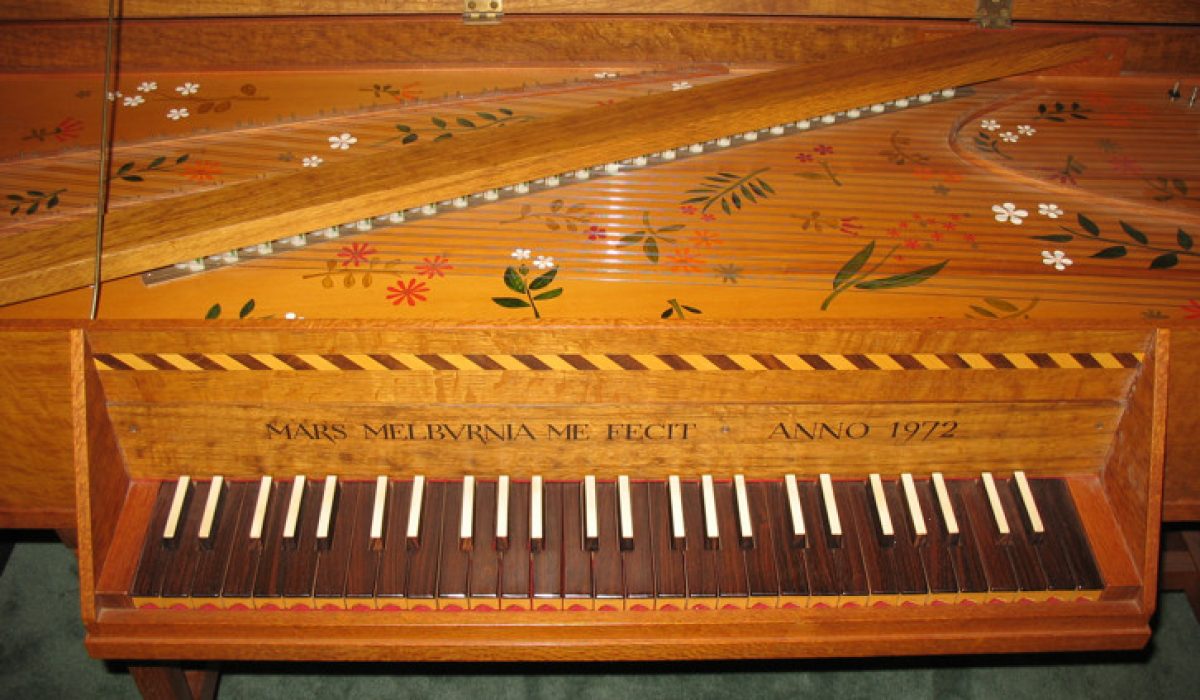Opera A-Z
Join us as we take you on a journey through The A to Z of Opera. We will dive into different aspects of opera from the language to the legendary scores and introducing some the artists, composers and librettists who define this incredible art form.
Updated weekly and once we reach Z we'll start all over again.
A
A is for ARIA
Put simply, an aria is a formal musical composition. Unlike its counterpart the recitative, an aria is performed by a solo artist usually in one of the principal roles of an opera. While the typical context for an aria is opera, vocal arias also feature in oratorios and cantatas.
The term first appeared in relation to music in the 14th century when it simply signified a manner or style of singing or playing. Put simply, an aria is a formal musical composition. Unlike its counterpart the recitative, an aria is performed by a solo artist usually in one of the principal roles of an opera. While the typical context for an aria is opera, vocal arias also feature in oratorios and cantatas.
The term first appeared in relation to music in the 14th century when it simply signified a manner or style of singing or playing.
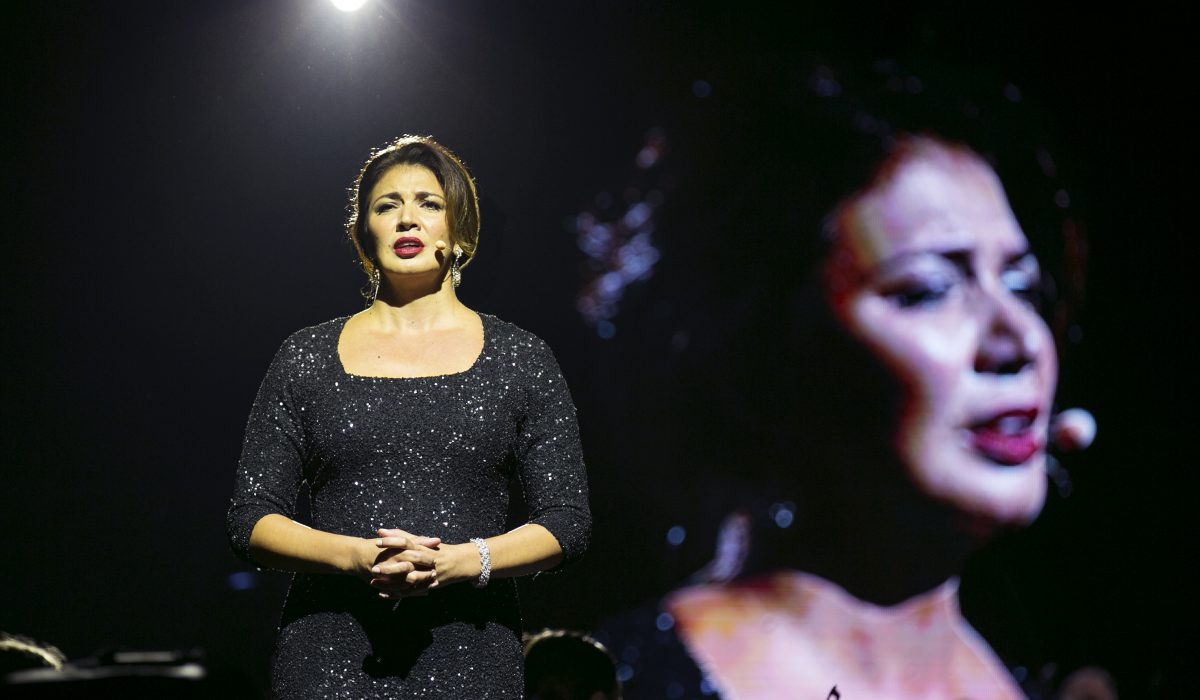
B
B is for BRAVO
While origins of the much-loved exclamation ‘bravo’ may not be entirely clear, what is certain is the elation an artist feels from hearing it.
Bravo is a one word phrase to express your pleasure and approval when someone, especially in the performing arts, has done something well. The superlative bravissimo is used to express the highest praise. Like a standing ovation but in words, ‘bravo, bravo, bravissimo’ is one of the highest compliments a performer can receive. In both Italian and French the word can also mean ‘brave’ or ’bold’. It was first recorded in the English language in the 1800s along with other words of the time such as ‘massage’, ‘overdraft’ and ‘weekend’.
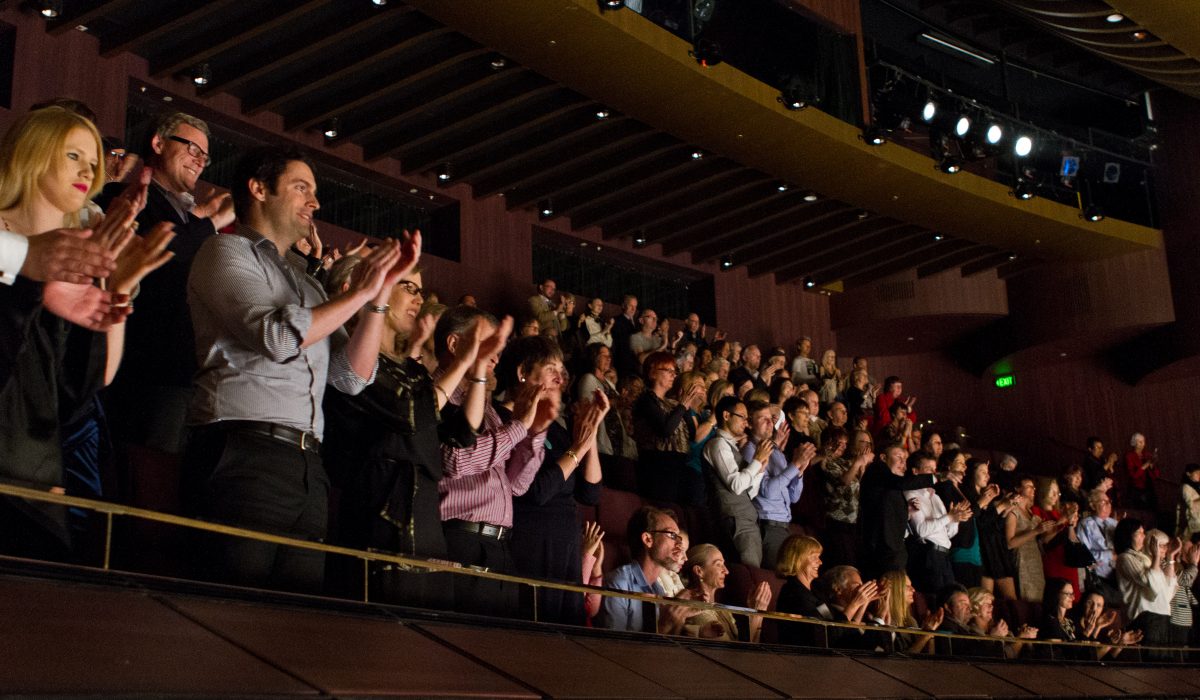
C
C is for Conductor
Conducting – the art of directing the simultaneous performances of several players or singers by the use of gesture.
Arguably one of the most visible jobs in music, the conductor is a medium for the composer, responsible for understanding the music intimately and conveying it to the orchestra and singers with gestures they understand perfectly.
Some sources report that the first records of the art of conducting appeared in the Middle Ages with cheironomy being described as ‘the use of hand gestures to indicate melodic shape’. These early music leaders, or cheironomers, developed a simple form of choreographed hand signals to communicate with singers and musical ensembles.
Respected senior conductors are often referred to by the Italian word, maestro, which translates as ‘master’ or ‘teacher’.
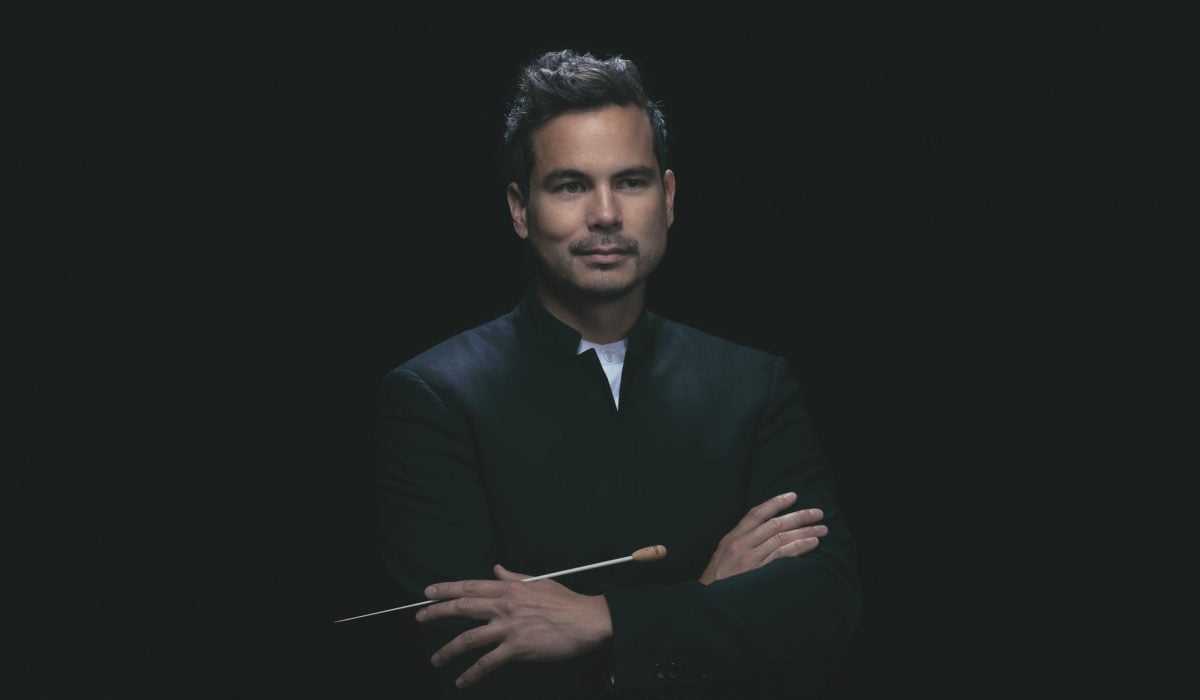
D
D is for dramatic voice
In opera and classical music, we have six general categories to describe a singer’s voice – soprano, mezzo-soprano, contralto, tenor, baritone and bass. So far so easy, but did you know these voice types can be further broken down into dramatic and lyrical voice types?
As voices are as unique as fingerprints, these two subtypes describe the vocal weight. While lyric voices are described as lighter, brighter, smoother, more youthful and sometimes even sweeter, a dramatic voice is more powerful, darker, and richer.
And as always, there are a lot of ‘in-between types’ with the ‘Heldentenor’, or ‘hero tenor’, a prominent example for a specific dramatic tenor, often praised for their clarion timbre and unusual endurance. The expression is closely tied to Wagnerian tenor roles such as Tristan, Siegmund and Siegfried, though Richard Wagner did not use the term himself. While the composer recognised that his tenor roles demanded extraordinary stamina, Wagner was more concerned that the singer be ‘thoroughly alive’ to the spiritual significance of the character.
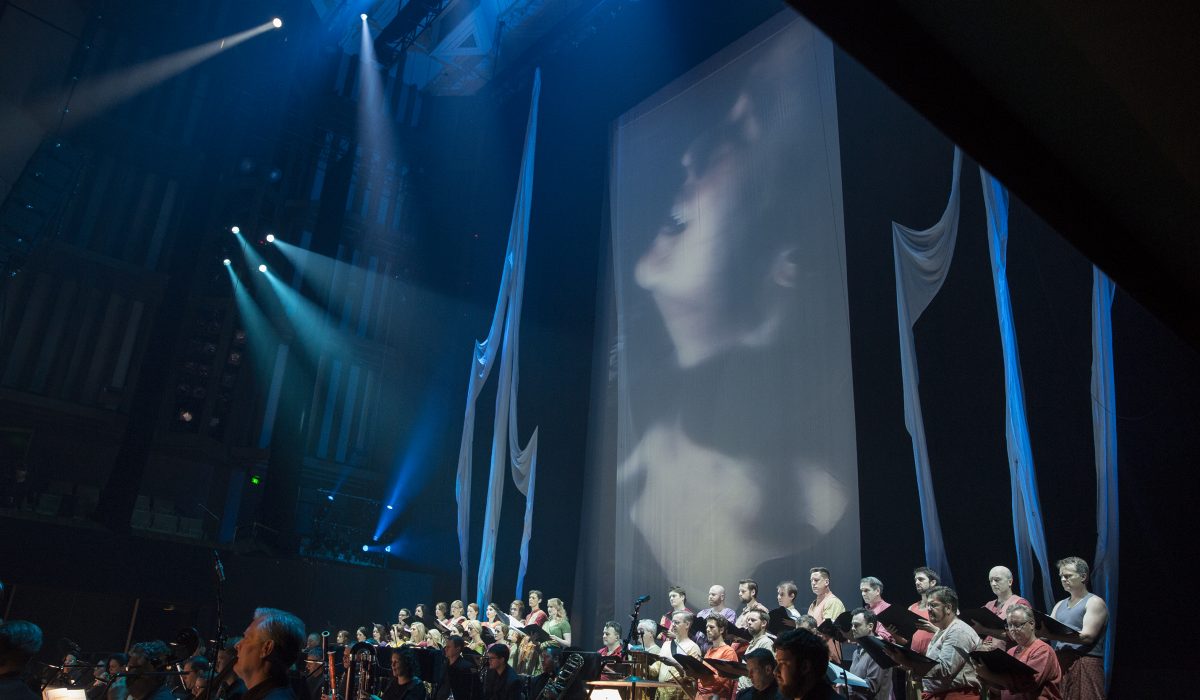
E
E is for ENCORE
We all know the feeling when you simply can’t get enough! If it happens while enjoying a live performance, an encore is your best chance to prolong the thrill and joy of a performance.
‘Encore’ is a French word meaning ‘again’, usually cried out by English audiences – not French ones, who use the Italian expression ‘bis’ – to demand the repetition of a piece just heard. This use of the word goes back at least to the beginning of the eighteenth century, when it was first satirically observed as a fashion to express joy and excitement by the audience. At this time, concerts and operas were interrupted with little hesitation for the repetition of arias or movements. Sometimes, so many pieces were encored that it almost doubled the length of a performance, as at the premiere of Mozart’s The Marriage of Figaro in 1786, which means it would have gone for over six hours!
With incidents such as these it’s understandable that some world-class opera houses like La Scala and The Metropolitan Opera introduced a ban on encores in favour of more serious opera practices. But it didn’t go without some resistance – The Italian conductor Toscanini is said to have been challenged to a duel in 1887 after stubbornly refusing an aria’s encore!
Today, an ‘encore’ usually means an extra piece played at the end of an opera or concert, in response to more than perfunctory applause. A “Bravo!” or “More!” can also encourage a return to the stage.
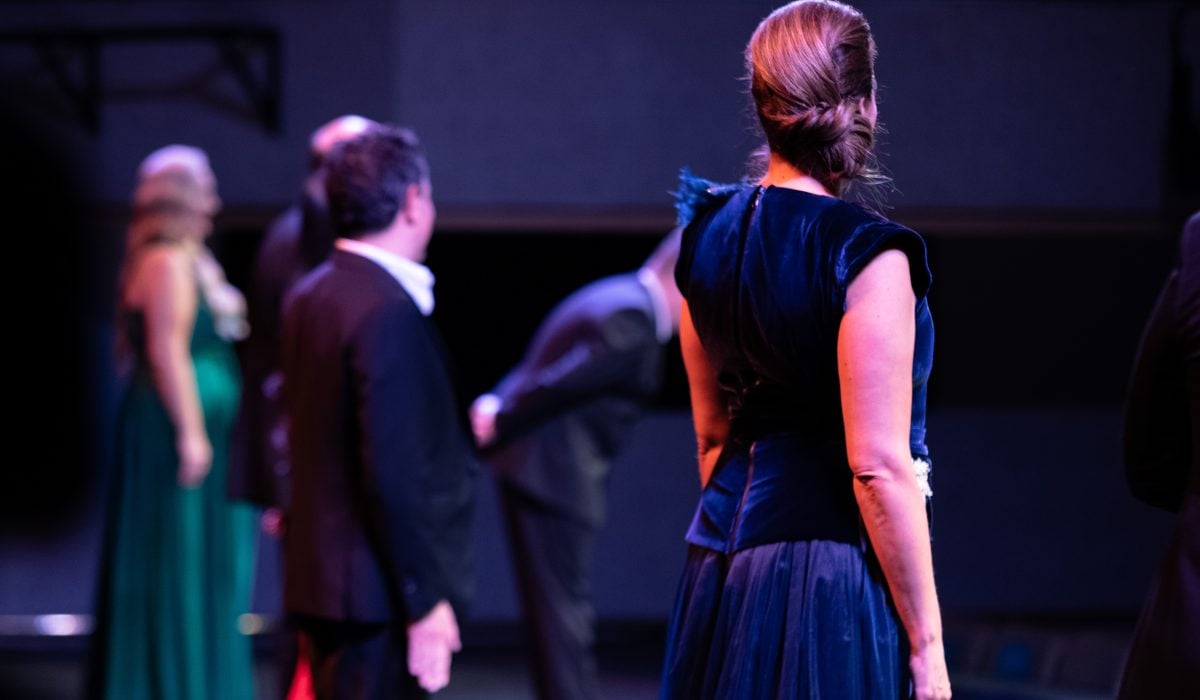
F
F is for forte
Music is a universal language, often understood intuitively. This is why music can be such an effective way to share stories and feelings across cultures and traditions. To successfully communicate their intentions composers use a common vocabulary, sometimes referred to as “dynamics”, that ensures their music is performed as intended.
With artists and music theorists involved from different countries and regions, it took until the eighteenth century for a common language to evolve. For example, it was initially difficult to know what specific instruction was intended for ‘forte’ (Italian for ‘loud’), generally considered as a ‘normal’ volume. Forte therefore was understood by mezzo-forte which is less loud than forte; and mezzo-piano is less soft, (therefore louder), than piano (Italian for ‘quiet’). These directions were initially so confusing, Genevan philosopher Jean-Jacques Rousseau proclaimed “the French needed no superlative equivalent to the Italian ‘fortissimo’ because they always sang as loudly as possible anyway!”
It did not take long for the Italian words to be accepted in to other European languages as a new world-wide musical language developed. Forte, previously abbreviated For. or F in the 18th century, is now regularly abbreviated just to f and fortissimo ‘loudest possible’ to fff as ff standing for più forte (‘louder’). You’ll have to wait for P is for più forte for us to unpack that instruction!
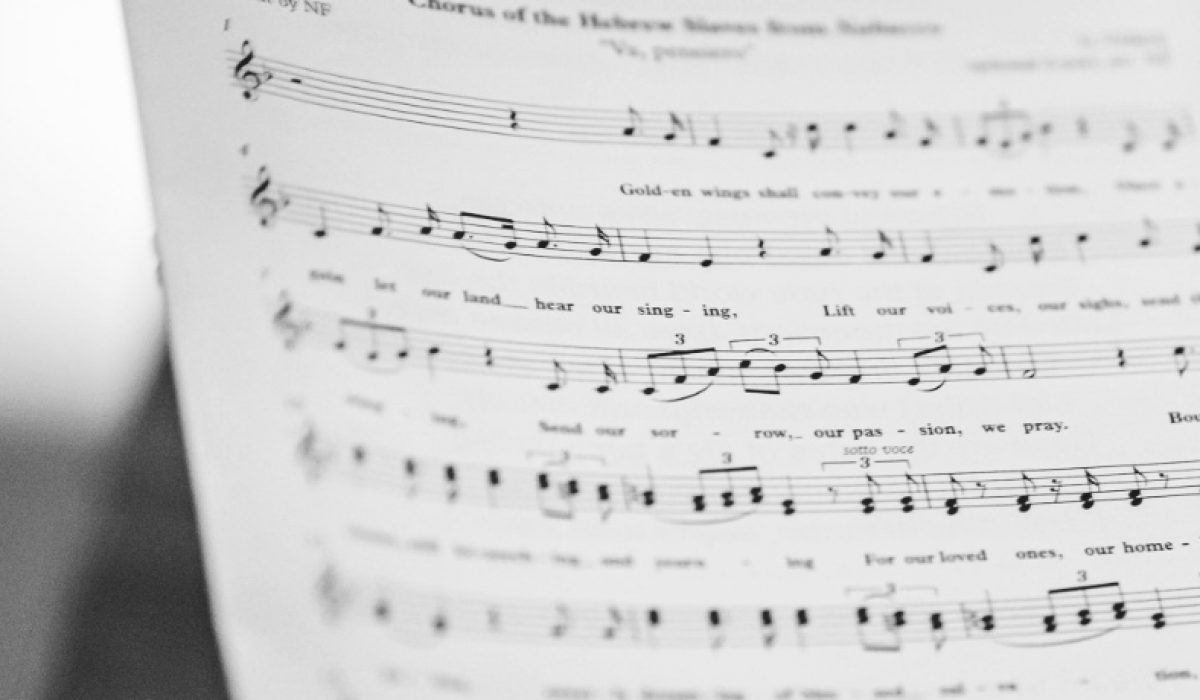
G
G is for glasses
Did you know… the Opera Queensland ‘oq’ logo is inspired by the shape of opera glasses?
In a time before prescription glasses became accessible and fashionable, opera glasses were an elegant solution to making every theatre seat the best in the house.
Originally a simple small monocular telescope, the opera glass was designed in the early 1700s based on the Galilean two-lens system. The first binocular opera glasses were introduced some hundred years later and consisted of two small telescopes joined by a stationary bridge.
These first opera glasses were in fact monocular spyglasses. Rarely with a magnification greater than x3, these lenses were just strong enough to see the stage while retaining a bright image and a wide view so as not to miss any of the excitement or drama happening away from the stage. Much like today, attending the opera in the 18th and 19th centuries was a very social affair.
Opera glasses were always intended to be a sign of wealth and elegant works of art, and many are ornately decorated with enamel scenes or gilded with gold. Early designs featured silver, pewter, ivory, tortoise shell or mother-of-pearl and are now considered as decorative arts objects rather than optical devices and highly collectable.
The opulent design of the glasses themselves added appeal to the sophisticated opera-going crowd of the day. By the mid-1800s opera glasses had become a must-have fashion accessory for all audiences regardless of where they were sitting in the theatre. It was not until the 1860s that opera glasses become accessible to the general public and could be hired for a small fee. A widespread custom was for the glasses to be fixed to the backs of the seats and could be released by inserting a coin.
Many modern opera glasses still use the design Galileo implemented in his first telescope 400 years ago, although there have been many improvements. There are still opera glasses with chains, with handles, but also with lights for reading your program discreetly during the performance.
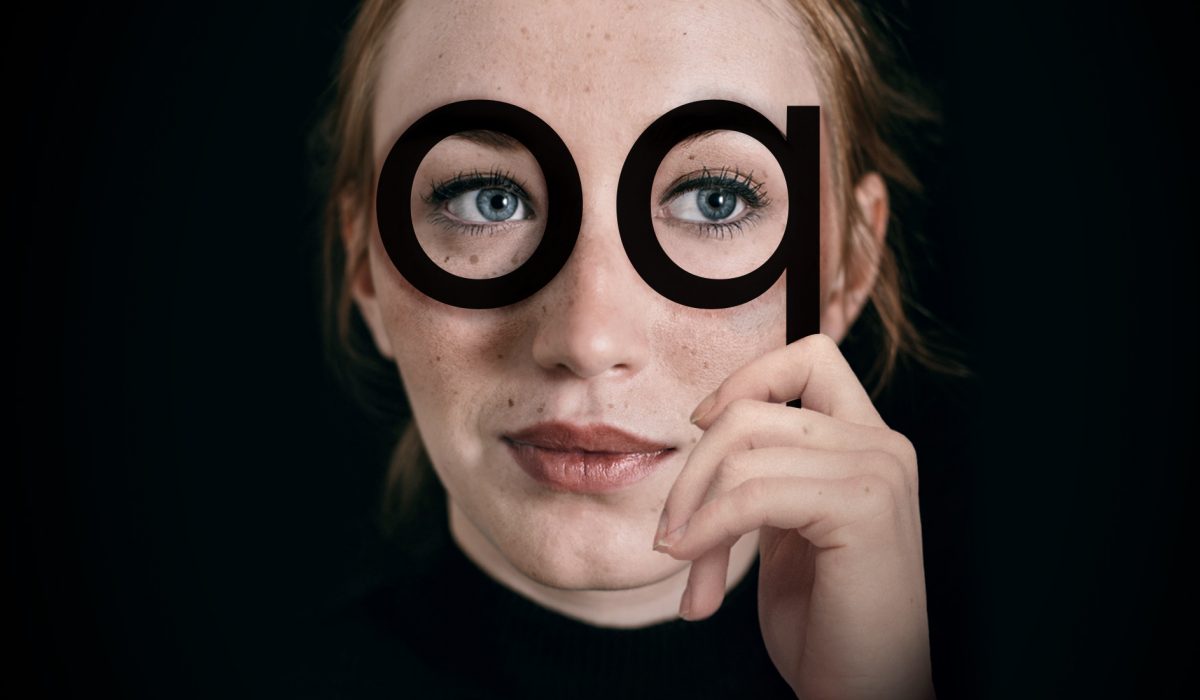
H
H is for harpsichord
With a huge variety of opera and classical music terms starting with H, today we turn our attention to an instrument that is seldom heard, though distinct in sound and appearance.
The harpsichord is a stringed keyboard instrument, distinguished by strings that are plucked rather than struck as with a piano, its close relative. A harpsichord is characterised by an elongated wing shape, not unlike a grand piano or harp with the strings growing progressively longer to create bass notes.
